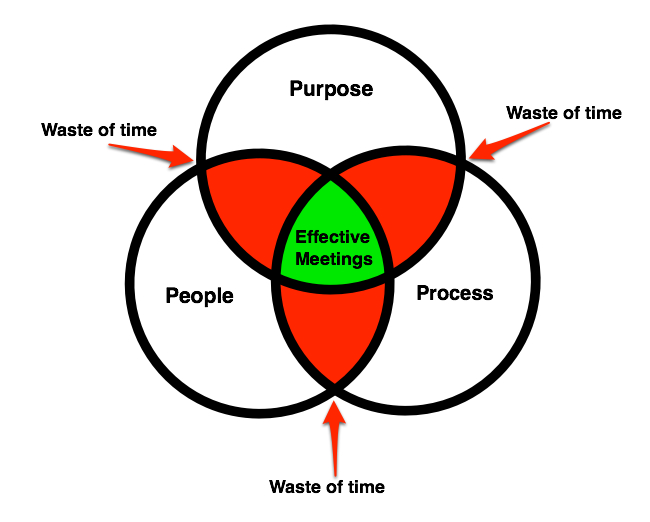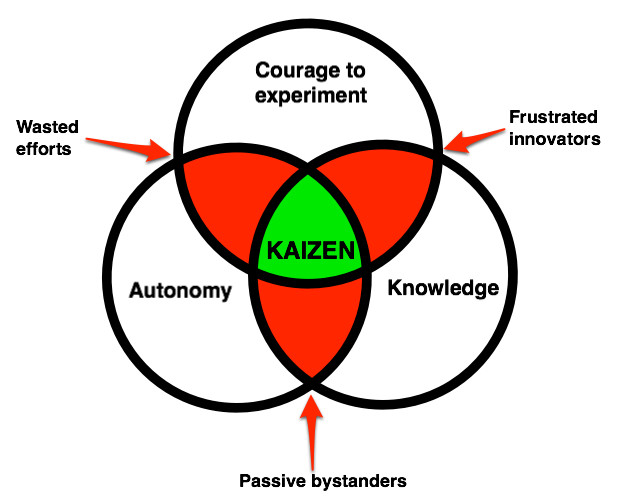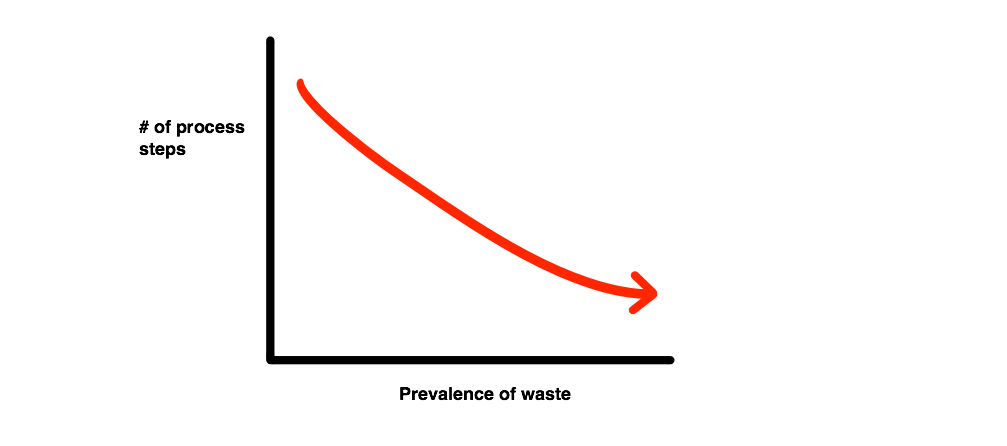Last week's news about Cadillac's management relocating to New York got me in the mood to steal one of Kevin Meyer's old tricks from his Evolving Excellence days: calling out corporate stupidity when I see it. In case you missed it, the leadership at Cadillac announced that it will be moving its headquarters to NYC, in order to better understand the needs of the luxury customer:
[Cadillac President Johan] De Nysschen said being in New York, which he called the epicenter for global trends, will allow the team to build a focus solely on the brand and to better understand the "sophisticated lifestyle" of Cadillac's target customer base.
I can understand the desire to have marketing and design people spend a lot of time in New York rather than Detroit -- although it's worth pointing out that in the US, BMW and Mercedes are both based in New Jersey, which is not exactly known for being a hotspot of global trends. It's also worth noting that the heart of American car culture is in California, and as a result, many car companies have their design centers in the Los Angeles area.
Of course, the truth is that you can understand your customers' lifestyle pretty damn well even without opening up a fancy showroom in SoHo. Toyota's Yuji Yokoya, chief engineer for the Sienna minivan, drove 53,000 miles around the U.S. to understand what American drivers needed in a minivan. (The minivan was not sold in Japan at the time, so Toyota's headquarters in Nagoya were much farther away from the target market than Detroit is from New York.) The Sienna received rave reviews and was a huge success.
What's more worrisome about Cadillac's move is the possibility that the company will send more functions than just marketing to New York:
GM is studying whether to send Cadillac's product planning and finance functions to New York, or to keep those in Detroit. Design, research and development and other technical aspects will remain based in southeast Michigan, de Nysschen said.
This dispersal of critical functions is a recipe for failure -- for missed handoffs, for botched communications, for rework in all phases of product development. Most companies, even well-functioning ones, have a hard enough time avoiding these snafus when people are working on the same floor, much less the same building. But separated by 600 miles? Good luck. And needless to say, GM isn't exactly an exemplar of efficient and effective communications.
My guess is that within 12-18 months Cadillac will abandon this project, citing absurd expenses in New York city, unanticipated project costs and errors in new product development, and a lack of sales growth.
You read it here first.













 Download PDF to read the full article
Download PDF to read the full article